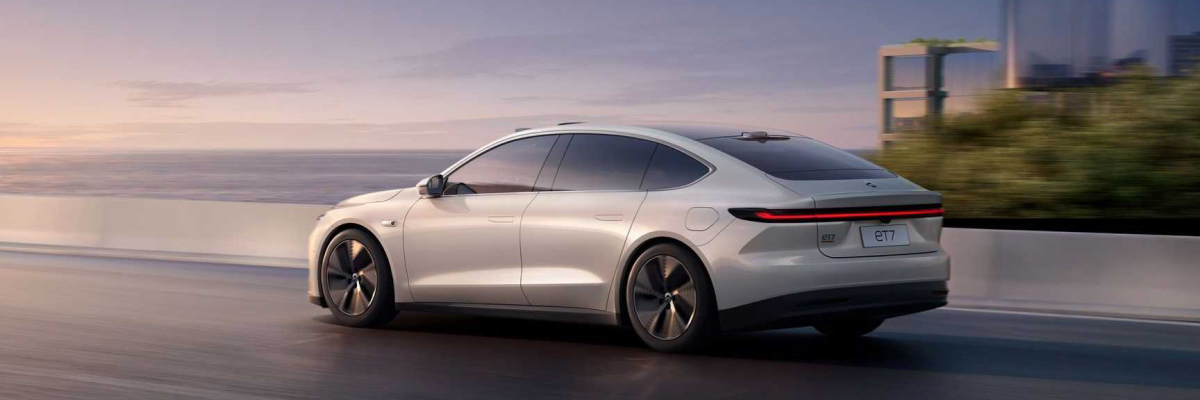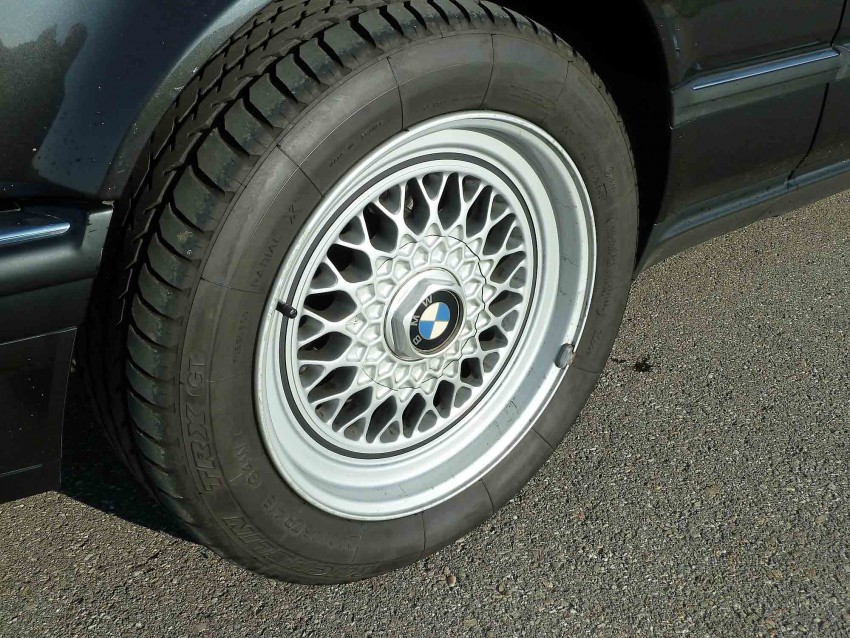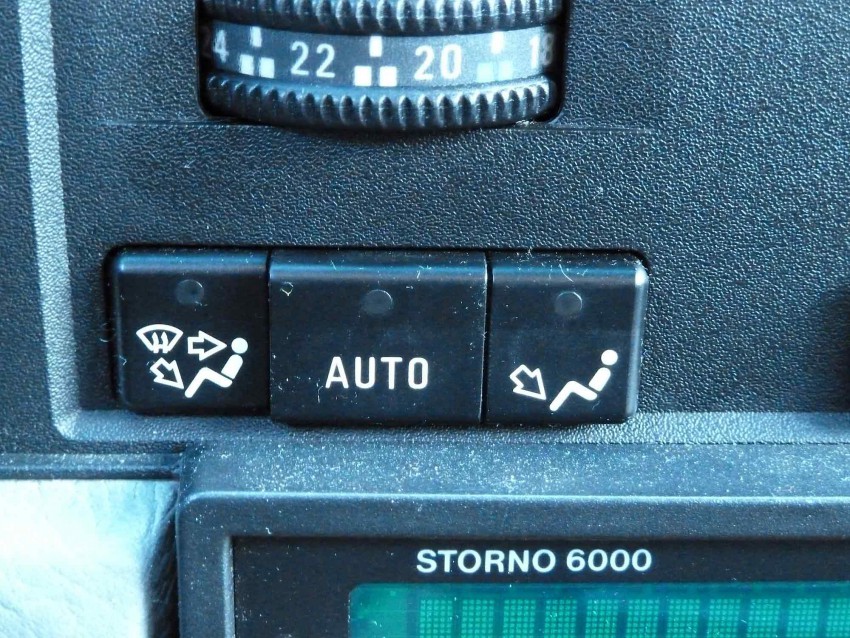Electric Cars in Germany: How Sustainable Are They Really?

Electric vehicles (EVs) are seen as the future of mobility and are particularly popular in Germany. Government incentives, an expanding charging network, and growing environmental awareness are driving the market. At the same time, however, debates continue over whether electric cars are truly more environmentally friendly than internal combustion engine (ICE) vehicles. Critics point to CO₂ emissions from battery production and the energy consumption during manufacturing.
But how sustainable are electric cars really? What role do the energy source, battery recycling, and actual CO₂ emissions during usage play? In this article, we analyze all the key aspects of EV sustainability in Germany, with a special focus on models like the BMW i3, which has been on the market for years. The research and data analysis for this article were conducted with the support of Kw Kilowat, an expert platform for electromobility.
Manufacturing Electric Cars: What Is the CO₂ Footprint?
The production of an electric car, particularly its battery, requires more energy than that of a conventional gasoline vehicle. The most criticized aspect is the extraction of raw materials such as lithium, cobalt, and nickel, which are essential for lithium-ion batteries.
BMW i3 as an Example
The BMW i3, a German-engineered and manufactured electric vehicle, demonstrates that sustainable production is possible:
- CO₂-neutral production: The i3 was built in Leipzig using 100% renewable energy.
- Recycling of materials: 95% of the BMW i3’s materials are recyclable, including carbon-fiber-reinforced plastic (CFRP), which was reclaimed from production waste.
- Reduced cobalt usage: Over the years, BMW has minimized the cobalt content in battery cells to reduce dependency on problematic raw materials.
| CO₂ Emissions Comparison (Production) | BMW i3 | BMW 320d Diesel |
|---|---|---|
| CO₂ emissions (manufacturing) | approx. 9 tons CO₂ | approx. 6 tons CO₂ |
| CO₂ emissions (lifecycle) | 30-40% lower than diesel | Higher emissions due to fuel use |
Although EV production requires more energy initially, long-term usage significantly lowers overall emissions compared to gasoline or diesel cars.
Usage: How Clean Are Electric Cars in Everyday Life?
A major advantage of EVs is their zero-emission driving at the local level. However, their total carbon footprint depends heavily on the energy source used for charging.
Renewable Energy in Germany
Germany is increasingly investing in sustainable energy sources:
- As of 2023, over 50% of electricity comes from renewable energy (wind, solar, hydro, and biomass).
- EVs powered by green electricity have almost no CO₂ emissions during operation.
- BMW offers i3 owners “Green Energy” tariffs to charge their cars with 100% renewable electricity.
Comparison: CO₂ Emissions in Operation
| Vehicle | CO₂ emissions per km (German electricity mix 2023) |
| BMW i3 (Electric) | approx. 30-50 g CO₂/km (depending on power source) |
| BMW 320d (Diesel) | approx. 120 g CO₂/km |
| BMW 118i (Gasoline) | approx. 140 g CO₂/km |
An electric car in Germany is therefore at least 2-4 times more climate-friendly than a gasoline or diesel vehicle, even when charged with the current electricity mix.
Battery Recycling and Second-Life Use
One of the biggest challenges for EV sustainability is battery recycling. However, the industry is already developing solutions:
BMW and Battery Recycling
- BMW has developed a circular economy strategy, where i3 batteries are repurposed for stationary energy storage.
- In Leipzig, BMW built a “Second Life” energy storage system using old i3 batteries to store excess wind power.
- Thanks to new technologies, up to 97% of an old battery can now be recycled.
Germany’s government plans to make battery recycling mandatory by 2030 to conserve resources and minimize waste.
This video illustrates how the recycling process works and showcases the technologies already in use to make battery reuse more sustainable. This is a crucial step in further reducing the environmental impact of electric cars.
How Sustainable Are Electric Cars in Germany Really?
In summary, electric cars in Germany are more sustainable than often claimed. Their CO₂ balance depends on several factors, but in many respects, EVs are more environmentally friendly than combustion vehicles:
✅ Manufacturing: Battery production initially causes more emissions, but manufacturers like BMW are already operating CO₂-neutral factories.
✅ Usage: Thanks to the high share of renewable energy, an EV in Germany is significantly more climate-friendly than a gasoline or diesel vehicle.
✅ Recycling: Second-life battery use and advanced recycling processes further reduce the ecological footprint.
While the BMW i3 serves as an example of sustainable production and use, the entire industry is becoming greener. Charging infrastructure is expanding, renewable energy is increasing, and recycling processes are improving. This makes electric cars a sustainable solution for the future of mobility in Germany.
Conclusion
Electric cars are not a perfect solution, but they are a crucial step toward more sustainable mobility. Especially in Germany, where the energy mix is becoming greener, switching to an EV makes increasing sense.
BMW has proven with the i3 that sustainable production is possible, and many new models are building on these advancements. The future belongs to electric vehicles—especially when powered by renewable energy and supported by effective recycling.
Want to learn more about sustainable mobility? Stay tuned for more insights into the world of electric vehicles!






